
Surely it was curiosity that drove Eugen von Ransonnet-Villez, the subject of our last Kick-About, to construct a submersible so he could paint what he found beneath the waves. Ole Worm, Danish physician, natural historian and collector, gathered the eclectic subjects of his curiosity into a remarkable museum, a wunderkammer, which is this week’s jumping-off point…
Phil Cooper
“What a mouthwatering prompt this week, such cabinets have always fascinated me. I think many of us curate our own little wunderkammers in our homes; on windowsills, mantelpieces and coffee tables; little collections of things we found on walks that sparked our interest and wanted to keep. The prompt brought up memories of early childhood for me, growing up in a rather dull South Yorkshire town where the local museum felt like a magical portal to a different world. It was a mysterious and beautiful world, but also a bit scary at times, because it brought me into contact with things that were strange and didn’t fit. I felt quite at home! I’ve written a little story about it, with a boy who lived in a dreary town, a boy who lit up every time he went to the local museum…”
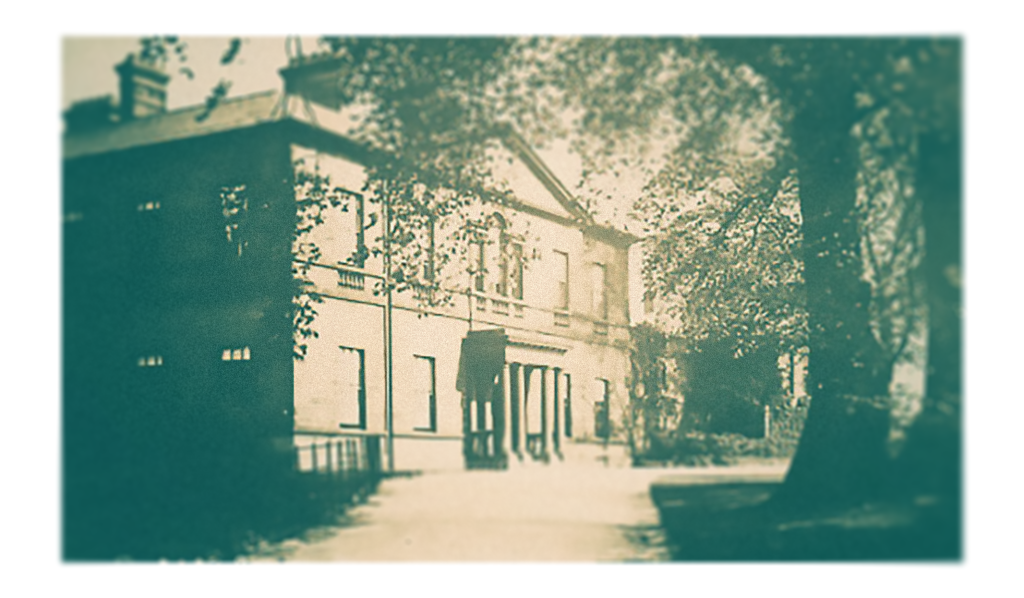
instagram.com/philcoops / hedgecrows.wordpress.com / phil-cooper.com
Vanessa Clegg
“My whole flat feels like a Wormianum. so these are little glimpses! My take on this was to echo the idea of travel/ collation/collecting, as well as including my practice in the form of notebooks, some being records and thoughts from the trip and some being journeys of the imagination via reading the accounts and experiences of others. Unlike the seventeenth century, when so much of the earth was whited out as Terra Incognita, there is little left that has not had a human footstep, so that what were once strange and extraordinary objects, being revealed to an incredulous audience, are now widely accessible and available online. (On the other hand, the deep seas are akin to outer space, still relatively unexplored/wish it could remain so/and mind bogglingly full of bizarre and beautifully alien life forms). I suppose, in the end, it comes down to objects being touchstones/gateways back to the time and place or people that passed them on, so more of a personal diary than showcase. The National Geographics are a legacy from my father, who travelled far and wide through the images and articles, in a way he was unable to do in his life.”



Marion Raper
“I can see how Mr Worm turned his house into a museum – my house is much the same! I have many collections of items acquired over the years. Starting from when I was a library assistant, I always loved books and anything historical. When I ran a Charity Shop I collected all manner of bric-a-brac, vintage clothes, jewellery etc. One of my hobbies before lockdown was to share my 1950s memorabilia and give reminiscence talks at local care homes. This was very rewarding, and I believe Mr Worm would have felt the same pleasure in showing off his treasures. Welcome to ‘Marionium’.”




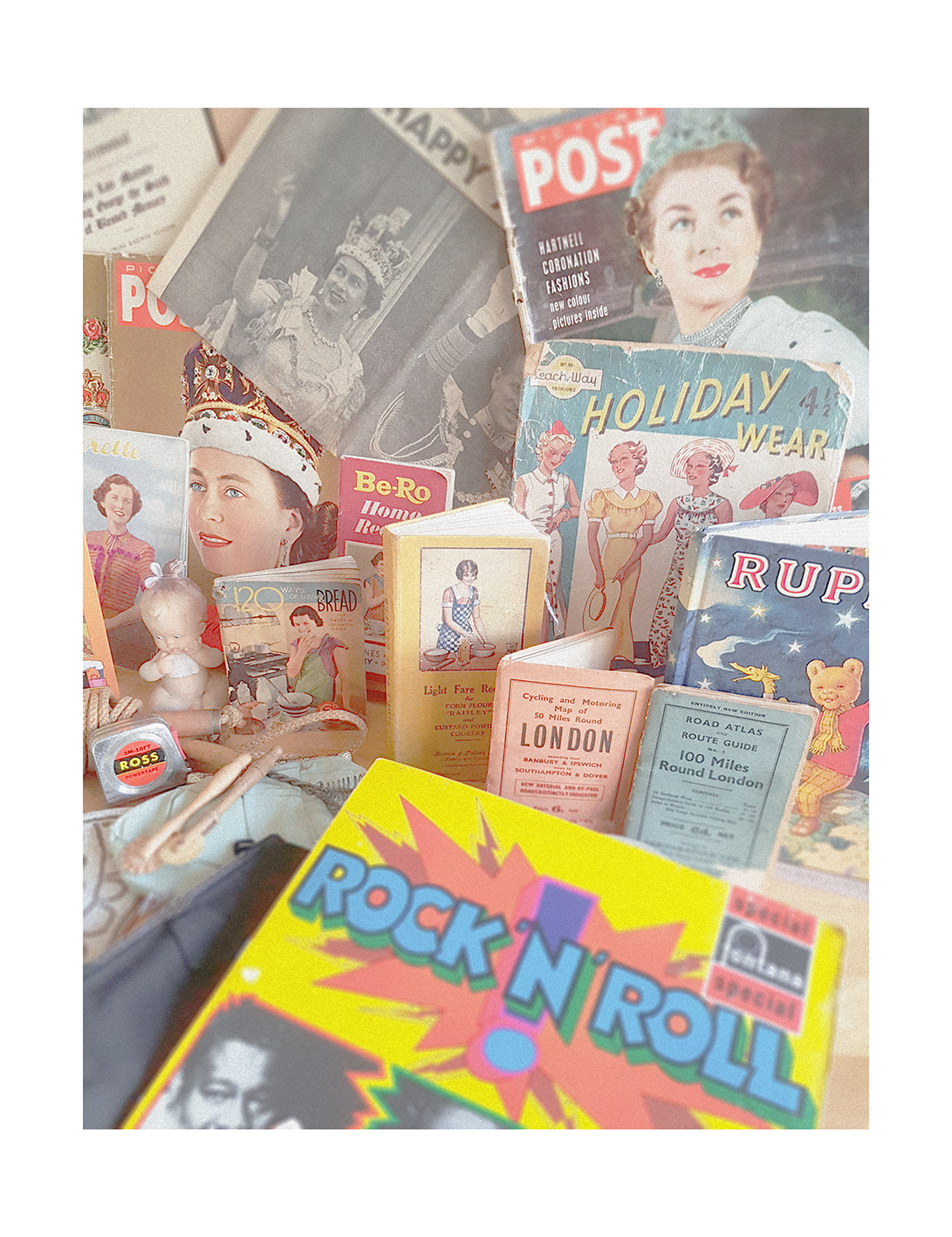
Eleanor Spence-Welch
“I am by no means a photographer, but I am someone who collects dead, strange and curious objects. In my own little “museum” that I’ve formed here, I have skulls, bones, vintage photographs, fossils, and the occasional human tooth. The idea of one day having an entire room dedicated to the curiosities I spend time collecting, much like the Museum Wormianum, is a thrilling prospect. What fascinating pieces will I have acquired in that time? In this image, there is a beloved pet, an ice age bone, creatures picked up from roadsides and woodlands, photos of people long gone, and so on. This collection, to me, is a commentary on death not being an ending, but rather an opportunity for something new.“



instagram.com/espence96 / twitter.com/E1eanor_Spence / facebook.com/ESpence-Art
Phil Gomm
“When I went up to my attic to retrieve a heavy wooden box – not opened in years – from beneath a collection of other heavy boxes, I rummaged inside it for a parceled-up collection of ephemera from my past I knew I’d squirreled away for one reason or another. When I found the small paper parcel, tipping out its contents for closer inspection, I quickly found I couldn’t remember the import, value or significance of many of the objects I’d otherwise deigned important enough to save for posterity. Incertae sedis is Latin for ‘of uncertain placement’, and is used taxonomically to classify things that otherwise do not fit existing schemas or cannot be categorised straightforwardly or curated into bodies of knowledge more accurately. I present the contents of my own mini-museum, with some artefacts contextualised where possible, but most speaking to the fallibility of memory and the destiny of most of our sentimental keepsakes to fall into meaninglessness, and if not for ourselves, then inevitably for others.”

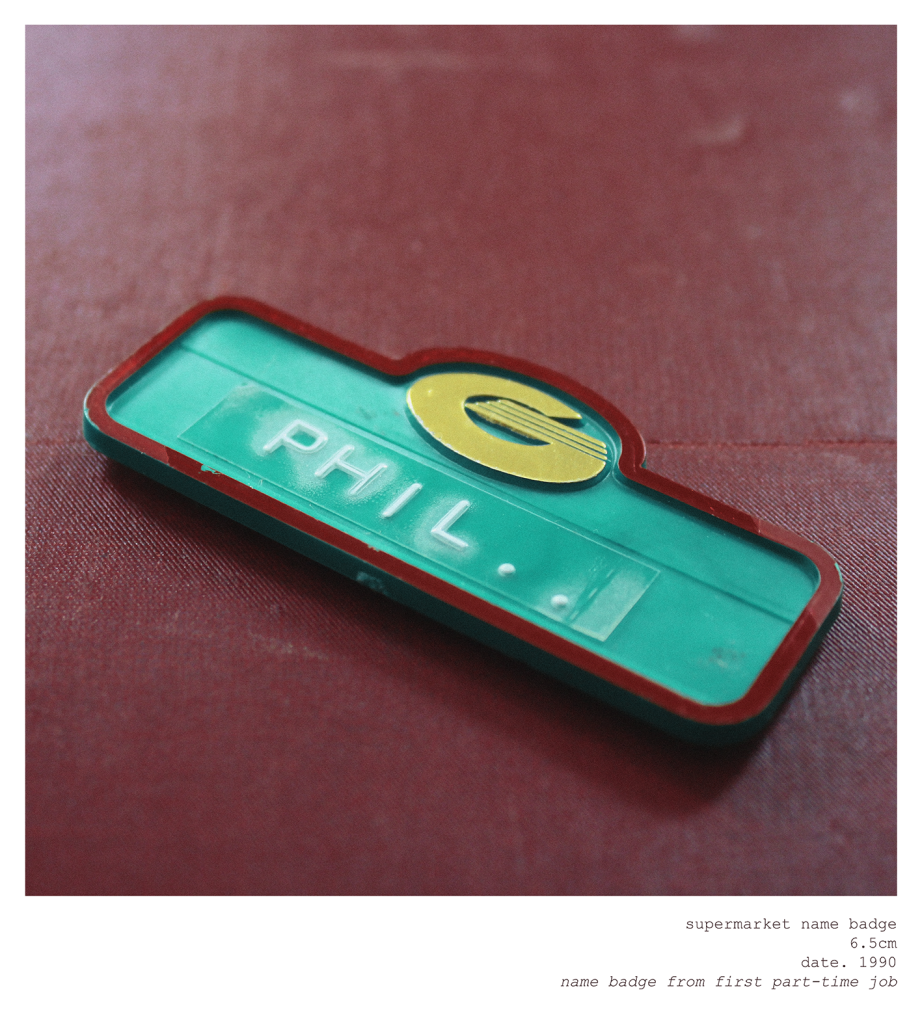





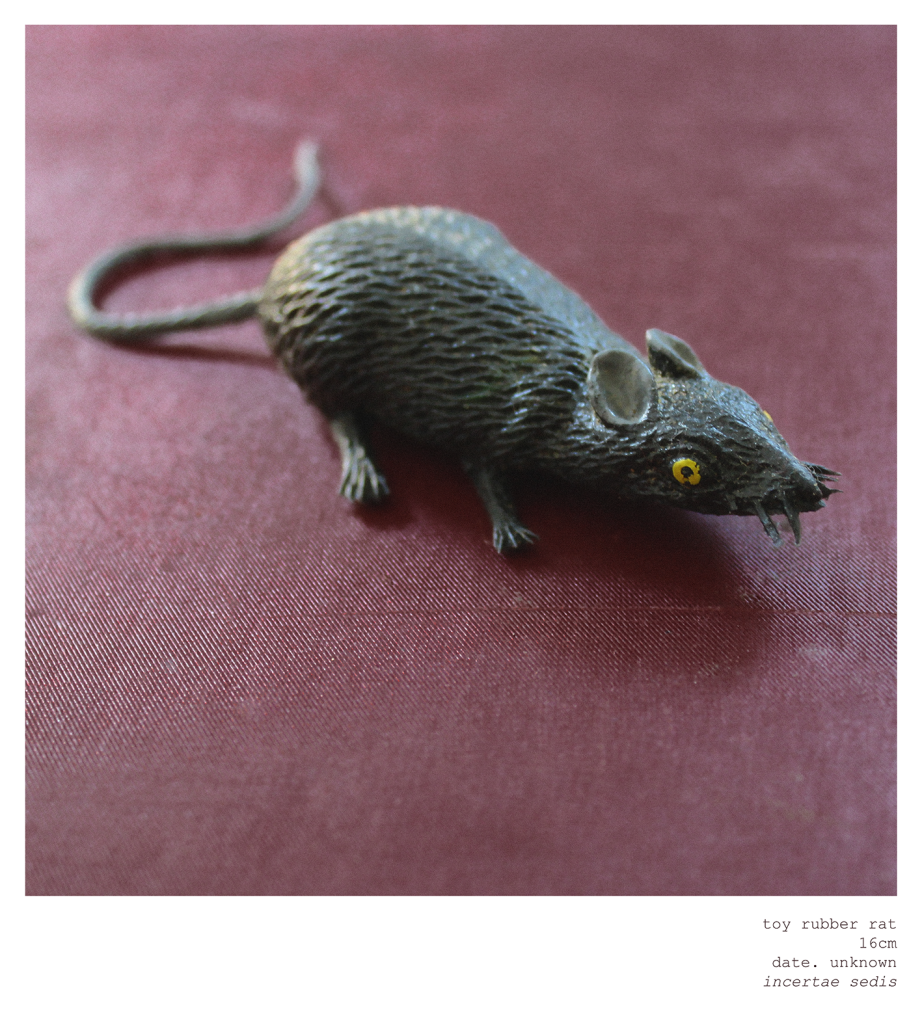




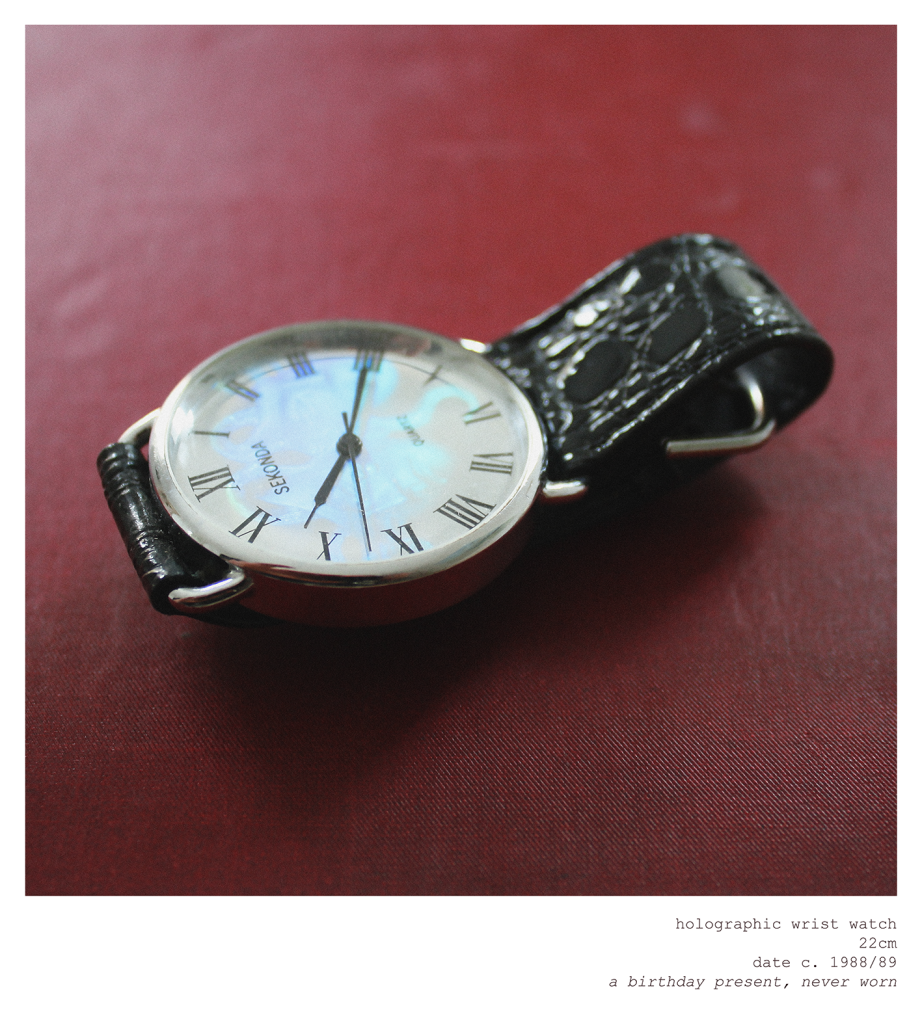
James Randall
“The museum topic instantly took me to repatriation of plundered pieces, but then I had to confront my love of museums and galleries where the stimulus from vast quantities of fabulous pieces nicked from all over is so heady it makes me swoon! I went through some pics of objects from the British Museum, and, I think, the Museum of Natural History in New York (and one stray marble angel from Bath) and threw them together. When I gouached them together it felt good to me – rather dark, but I haven’t had that creative groove from the act of image making for some years.”

Graeme Daly
“I was initially going to use many of the collectable bric a brac scattered around my dads house and superimpose those on makeshift shelves using roof timber slats that are littered with spiders, but I decided to go against that as I wanted to not mimic Ole Worm’s Museum Wormianum but to go on an adventure and create a story around the origins of all the collectibles and relics that Worm has in his possession. I imagined Old Ole as an adventurer, wearing tan colours and a careworn hat bleached from sweat from adventuring to mysterious places where the sun scorches and the animals and plant life are of the carnivorous sort. Old Ole has fought mutant monsters deep within the caverns of caves, sailed high seas, and fought his way through tortuous chambers. Old Ole has earned his stripes and his relics. Since Old Ole’s book of treasure dates back to 1655, I wanted to use a medium that is also ancient, but has stood the test of time, so I turned to collage. I used many of the bric-a-brac that is dust ridden around my Dad’s house to kitbash and collage them together, as well as pages from the Museum Wormianum to create the ocean – as well as some hieroglyphics scattered about. I have become a bit obsessed with house plants, so some of my plants are in there too – a fatsia, Monstera and Schefflera.”
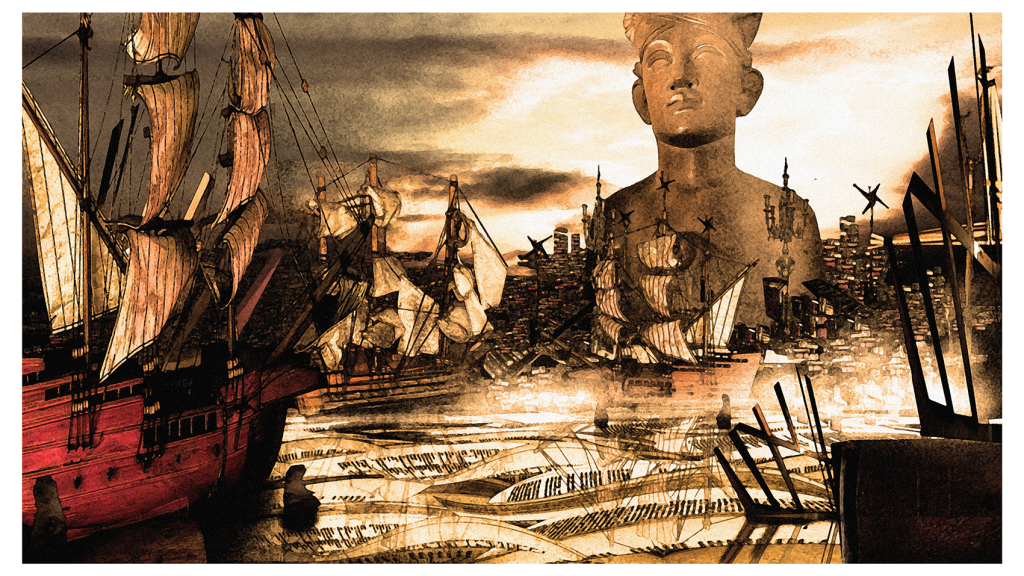

@graemedalyart / vimeo.com/graemedaly / linkedin.com/in/graeme-daly / twitter.com/Graeme_Daly / gentlegiant.blog
Jordan Buckner
“Grief and cardboard… Not sure if this is appropriate for this week’s Kick-About, but in my head, it fits with the idea of a cabinet of curiosities. A collection of artefacts concerned with investigation and understanding… “






instagram.com/jordan_buckner / twitter.com/jordan_buckner /linkedin.com/in/jordan-buckner / jordanbuckner.co.uk
Charly Skilling
“I have long been fascinated by the strange things people collect and keep. These cabinets of curiosities are often associated with the Victorians; part educational, part souvenir, and frequently macabre, they suited the Victorian Brits’ devotion to exploration, discovery, and gothic, otherworldly tales. (It also helped to have big houses in which to display them, and plenty of maid servants to keep them dusted!) However, Victorians were not the first to exhibit this fascination with all that is strange and weird; alchemists and apothecaries were renowned throughout the centuries for the collections they kept in their shops: stuffed animals, dried plants and “Things” in jars, all of which purported to possess strange properties of healing or death. From this line of thought it was no great step to find myself reading about shrunken heads. (Did you know, the skill lies in removing the skull by slitting the back of the neck and parting flesh from bone, and then wrapping the skin around a wooden ball so it maintained its shape as it shrank? No, neither did I!). So I decided to make a ‘shrunken head’, and as I was working on it, I found myself thinking about the Victorian gothic tradition, and of Miss Havisham in Dickens’ Great Expectations – and it suggested a poem. So there you are – from shrunken heads to shrunken hearts in a single step.”



Kerfe Roig
“For various reasons, including a recent dream, the turtle shells jumped right out at me, so that’s what I focused on. Given time, there is much more to mine from even one glimpse of Ole Worm’s collection, of course!”




kblog.blog / methodtwomadness.wordpress.com
Courtesy of regular kick-abouter (and head-shrinker), Charly Skilling, we have our new prompt, a stirring quotation from ‘The Mother of Modern Dance’…




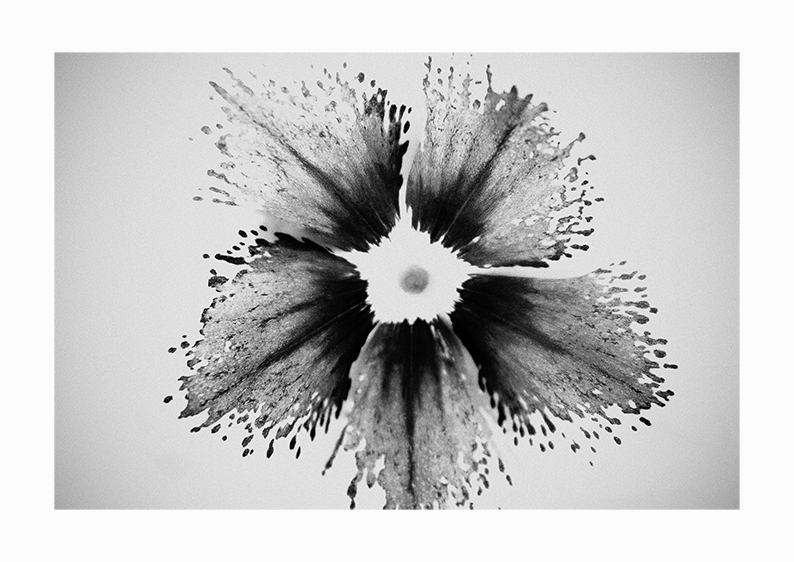
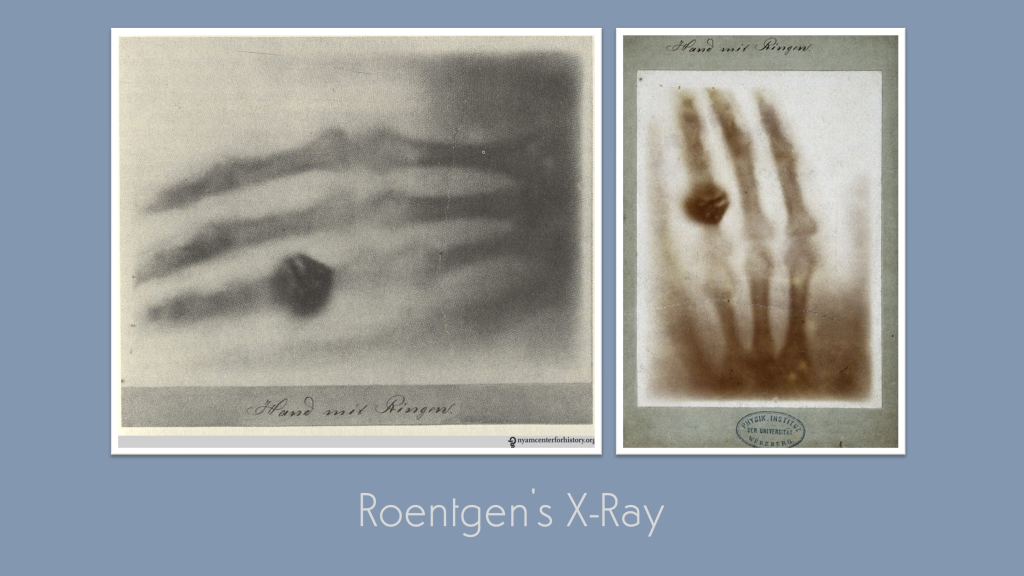
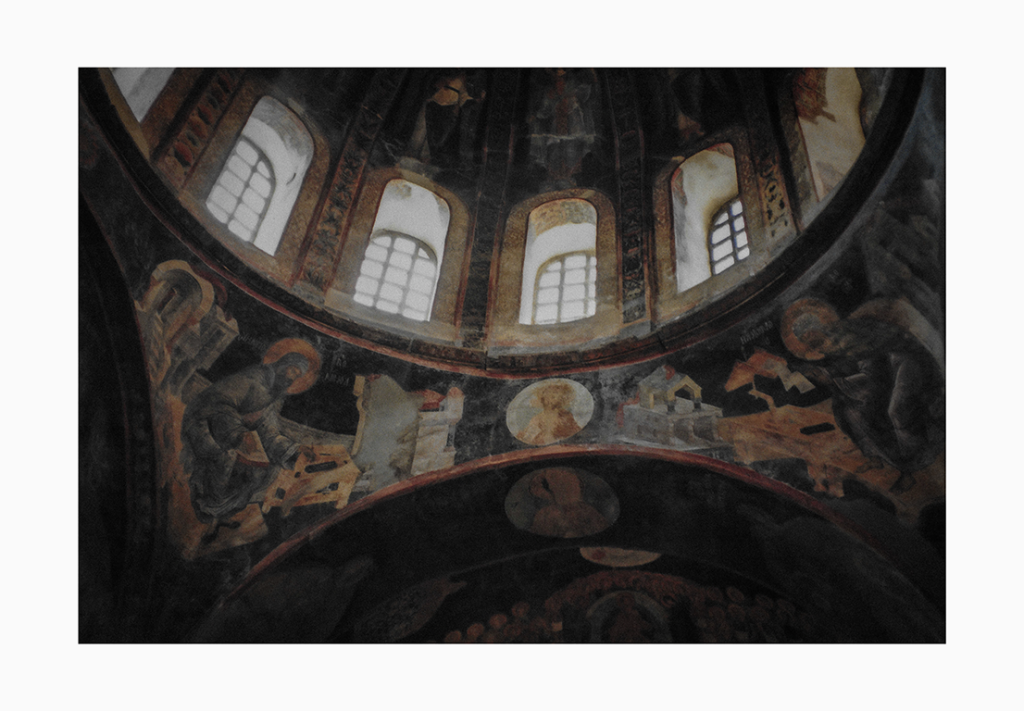
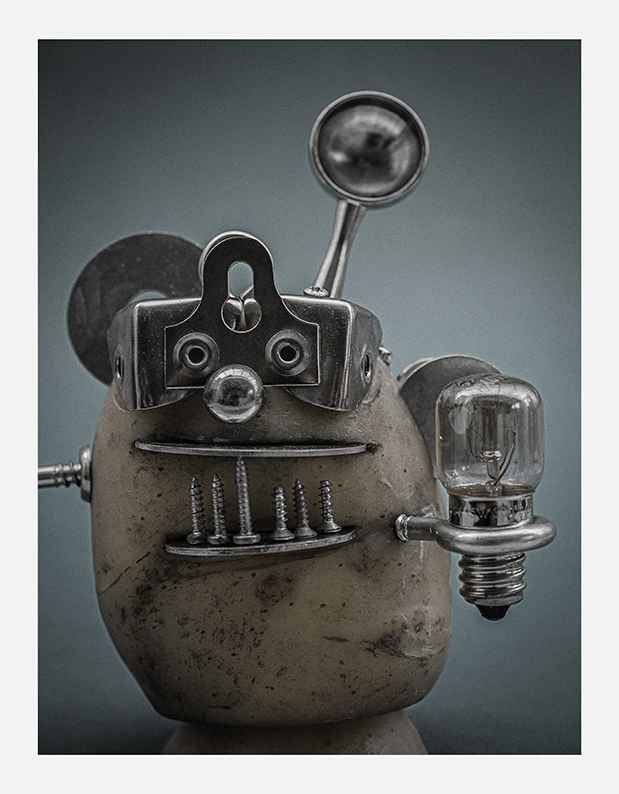
Leave a comment